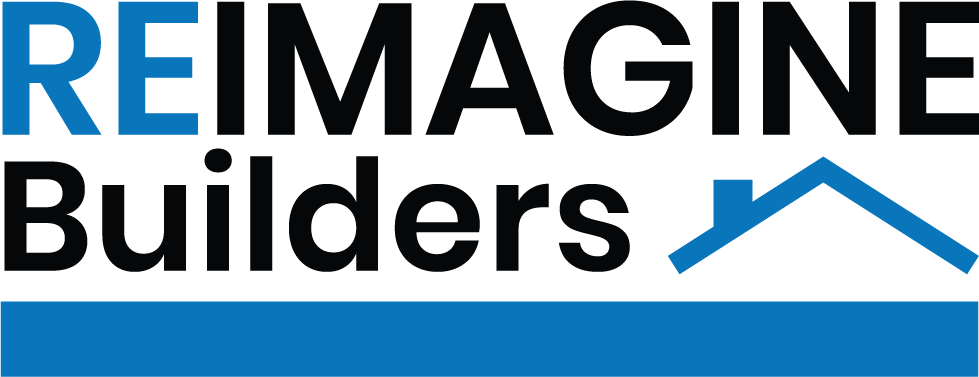Basic Building Codes for Calgary Basement Developments
Every year we are called out to a handful of partially completed projects where a contractor or homeowner has started a project only to find out that there are aspects of the work completed that didn’t meet current building code.
You definitely want to have all the permits properly addressed and it is important that you find a contractor that is familiar with the code so you don’t run into problems.
Below are a few important aspects of the building coder pertaining to basement developments.
Pressure Treated Bottom Plates
One of the first codes that you need to consider when framing is that the bottom plates of your partition walls need to be framed with a pressure treated lumber or have a vapor barrier between the foundation and the lumber. This is important to prevent rot from moisture in the concrete or ground water.
Many times we have been to basements that had been recently framed without the proper bottom plates. It is very difficult to fix without ripping out and redoing the walls. It is easy and inexpensive to do them properly in the first place, so definitely something to be aware of.
Egress Windows
Simply put an egress window can’t be smaller than 3.8 square feet and can’t have any part of the opening less than 15”. Also these windows need to be easy to open without special tools or knowledge which prevents a lot of the old security bars people used to put on their windows.
In 2016 the code was also changed as it comes to window wells. To have a legal bedroom in a basement window wells must extend at least 30” from the window. This isn’t the case in virtually any homes built prior to 2016, so even if you bought in 2015 and you were told you have egress windows, you likely don’t meet the well requirements.
The idea behind these two codes is so that a fireman with his or her gear will be able to get in and out of these basement windows without complication.
Bedroom Smoke Detectors
Another change to the code in 2016 is that every bedroom requires a dedicated smoke detector. A legal basement development will also require a smoke detector and CO2 combo unit for the main living space.
Definition of Secondary Suite
Another big code issue is the definition of a secondary suite. A basement development will be deemed a suite if it has all three of the following components:
- A bathroom
- A bedroom
- A cooking appliance such as a stove.
To keep it simple, if you don’t want to cross into secondary suite territory, don’t add a stove to your wet-bar.
A Few More Quick Considerations:
- Mechanical room doors need to be a minimum of 32”
- All rooms over 25 square feet will require a heat vent
- All staircases leading to a basement will require a handrail
